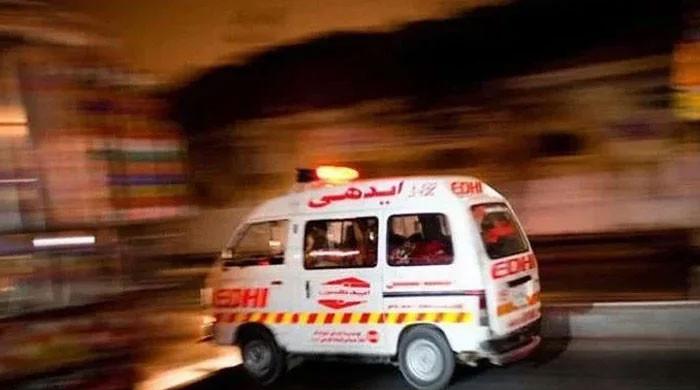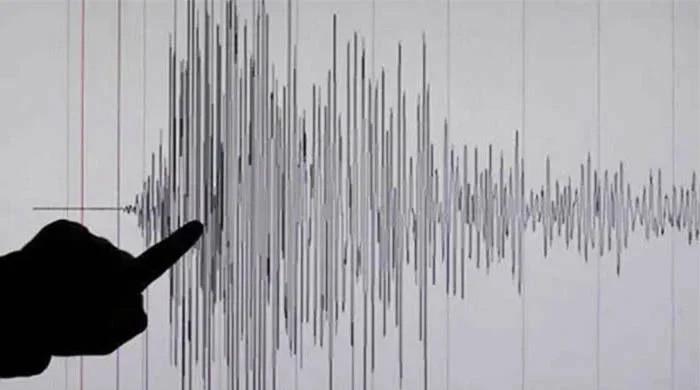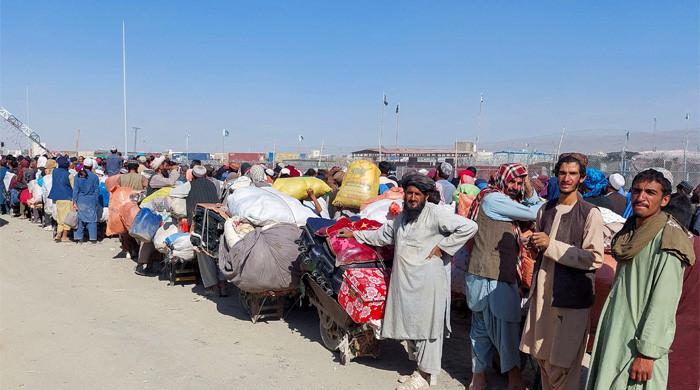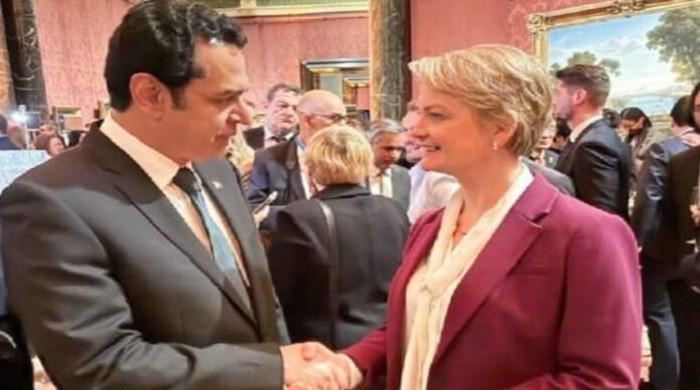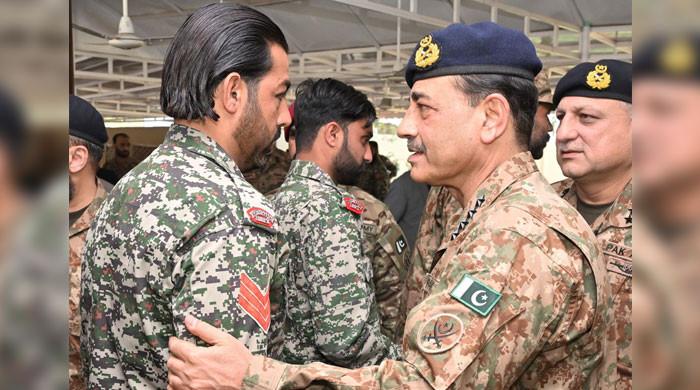Civil Hospital Quetta attack, an insight into the investigation
On Saturday night, an alleged picture of the Civil Hospital Quetta attack suicide bomber was circulated on social media. The name of the alleged attacker was mentioned on the photograph as...
August 15, 2016
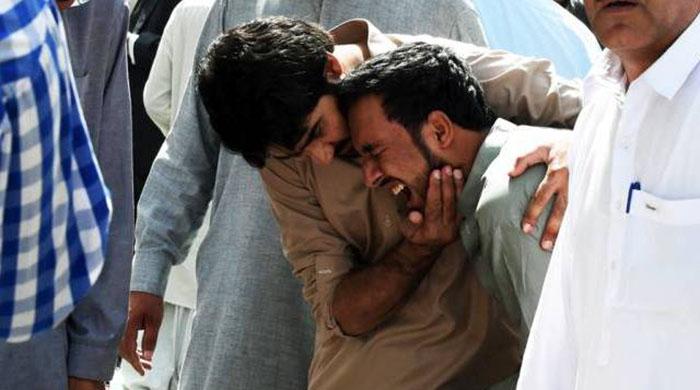
On Saturday night, an alleged picture of the Civil Hospital Quetta attack suicide bomber was circulated on social media. The name of the alleged attacker was mentioned on the photograph as Muaavia Khurasani. It is yet to be ascertained if the Islamic State released the photograph or whether it is fabricated.
While there is no official word on this important development, talking to Geo News on the condition of anonymity a few security officials in Quetta shared that the photograph seemed authentic, however added “further clarification will emerge after forensic examination of the picture”.
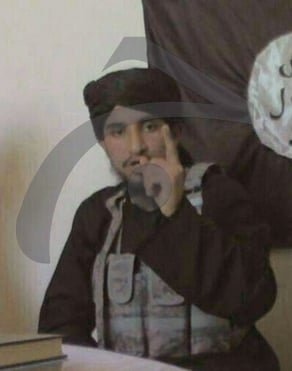
Last Monday on August 8, at around 8:40 President of the Balochistan Bar Association (BBA) Bilal Anwar Kasi was gunned down on Mano Jan Road as he made his way to work. He was rushed to Civil Hospital Quetta.
After the incident was reported on electronic media, members of the legal fraternity started gathering in the hospital at around 9:20AM. By 9:40AM a large number of lawyers were present inside the premises of the hospital.
Six minutes later the suicide bomber detonated his explosives killing at least 72 with over one hundred injured.
According to an official privy to the investigation, the suicide bomber likely entered the hospital at 9:08 am and waited for the crowd to be assembled.
In the aftermath, three different groups claimed responsibility of this tragic attack; Jamat-ul-Ahrar, a splinter group of banned Tehreek-e-Taliban Pakistan (TTP), Hakimullah Mehsud group and Islamic State.
Various law enforcement agencies including police, civil and military intelligence agencies are investigating the attack from different angles.
Due to a history of terror attacks in the city, LEAs believed that the attack was carried out by TTP-JA (TTPJA) with the assistance of banned Lashkar-e-Jhangvi (LeJ) Balochistan.
The modus operandi and the signature of the attack compelled investigators to focus their attention towards TTPJA and LeJ.
On April 16, 2010, Arshad Zaidi son of Balochistan Shia Conference was targeted at Mannan Chowk. He was shifted to civil hospital Quetta. A large number of Hazara community members started reaching to the hospital. The suicide bomber was present at the hospital. At least 11 people lost their lives including a cameraman of Samaa TV, Arif Malik and four police officers. The LeJ claimed the responsibility of the attack.
There are other examples where TTP – with the cooperation of LeJ Balochistan – carried out deadly attacks in Quetta.
Three years ago on the same day of August 8, Station House Officer (SHO) of City Police Station Mohibullah Davi was killed on Airport Road as he returned after Eid shopping with his children.
His funeral prayers were held later that day inside the Police Lines. A significant crowd was present to attend the funeral of the slain police officer.
Meanwhile, a suicide bomber was intercepted as he tried to sneak in to the premises. He detonated his explosive jacket. At least 30 policemen including a DIG and a SP lost their lives in the attack. The then defunct TTP spokesman Shaidullah Shahid claimed the attack.
Later, when the case was traced and some important arrest were made, it was discovered that TTP hatched the plot and LeJ’s local ruthless chief Usman Kurd alias Saifullah Kurd played a key role in the execution of the plan.
This year on January 13, a suicide bomber detonated his explosive vest near Polio Centre Quetta. At least 15 people were killed including 13 policemen. The defunct TTP Fazlullah group claimed the credit of the attack.
Keeping previous terror incidents in mind, security apparatus of Balochistan believed that ultra-violent terrorist outfit Daesh did not have influence and could not carry out such coordinated attacks – but emergence of the alleged suicide bomber’s photograph has rung alarm bells.
After the attack on Civil Hospital Quetta, Daesh directly claimed responsibility. Earlier Daesh’s alleged media wing, Amaq News Agency issued a statement on the Quetta massacre. Islamic State published the claim in three different languages including English Arabic and Urdu.
Investigators have in their possession a video where a youth wearing Shalwar-Qameez and a coat was seen roaming around in the hospital.
A high-level intelligence source confirmed, “there are similarities found between an alleged photograph of a suicide bomber and a guy who was spotted in the video,” but added, “conclusion will be drawn after the forensic report of the digital record is received”.
“We are aware of the picture and are probing this new aspect but it would be early to comment without any scientific examination of the photograph”, said SP Investigation Quetta Police Zahoor Afridi while talking to Geo News.
He further disclosed, “we have two other suspects, therefore, cannot confirm that Muaavia Khurasani was the suicide bomber.” The law enforcement agencies found two limbs that were dispatched to Lahore for DNA test.
It is not the first time in Pakistan that global terror outfit Daesh claimed the responsibility of an attack.
On May 13, 2015 in Karachi, 45 people of the Ismaili community were brutally massacred when their bus was attacked near Safoora roundabout. IS aka Daesh claimed the responsibility and also discussed the incident in a video regarding creation of Islamic State Khurasan chapter.
Prior to this attack, early morning on March 18 a grenade was hurled at a private school. No one was hurt but a threatening Daesh leaflet was found from the premises.
Later, on April 17 an American, Dr Debra Lobo was critically injured in a firing incident at Shaheed-e-Millat road. The attackers left behind Daesh pamphlets in her car.
After seven days of the Safoora incident, on May 20, 2015, Raja Umer Khattab an officer of the Counter Terrorism Department Sindh arrested four hardcore militants, allegedly involved in this horrific incident including its ring leader Tahir Minhas and second-in-command Saad Aziz alias Tin Tin.
Another member of the gang Asad-ur-Rehman was later arrested on June 4.
The Joint Interrogation of these accused was conducted from June 1-16. During interrogation, dreadful details were revealed. According to the Joint Interrogation Team (JIT) report, 11 people carried out the massacre and all of them were affiliated with Daesh. The ring leader Tahir Hussain Minhas alias Sain and his number two Tin Tin were said to have been affiliated with Al-Qaeda in the past.
Tahir Minhas disclosed that the mastermind of the carnage was a man called Abdullah Yousaf and the task of attacking the bus carrying Ismaili community was selected and assigned by him.
The JIT report shows that Abdullah Yousaf came to Karachi in September/October 2014 and is presently in Syria. The JIT report about Tahir Minhas adds that he wanted to go to Syria along with his family but was nabbed.
Interestingly, members of the JIT in their findings mentioned that their (Tahir Minhas and gang) link with Daesh was not established.
On May 12 this year, Chief of Army Staff (COAS) General Raheel Sharif signed the death warrants of five terrorists involved in the Safoora carnage.
It is also pertinent to mention that the alleged picture of Quetta attack was circulated at a time when Pentagon confirmed the elimination of IS Khurasan Chief Hafiz Saeed Khan in a drone strike on July 26.
Syed Arfeen is a Special Correspondent for Geo News. He tweets, @arfeensyyed




